For LAAHS members who may have already acquired either a Kindle or hard copy of the book P-38 in Latin America (Aviation Art & History, edited by Julio Arróspide, 2022, ISBN 9798838761699) via Amazon, as inevitably happens, “Murphy’s Law” has engaged.
While doing research on a completely unrelated topic at the National Archives in College Park recently, I happened across references to four post-war converted P-38s, all in what we might, for lack of a better definition, describe as “F-5G variants” which shed new light on the twilight careers of these aircraft that I hope this wonderful forum will permit me to introduce into the literature as a postscript.
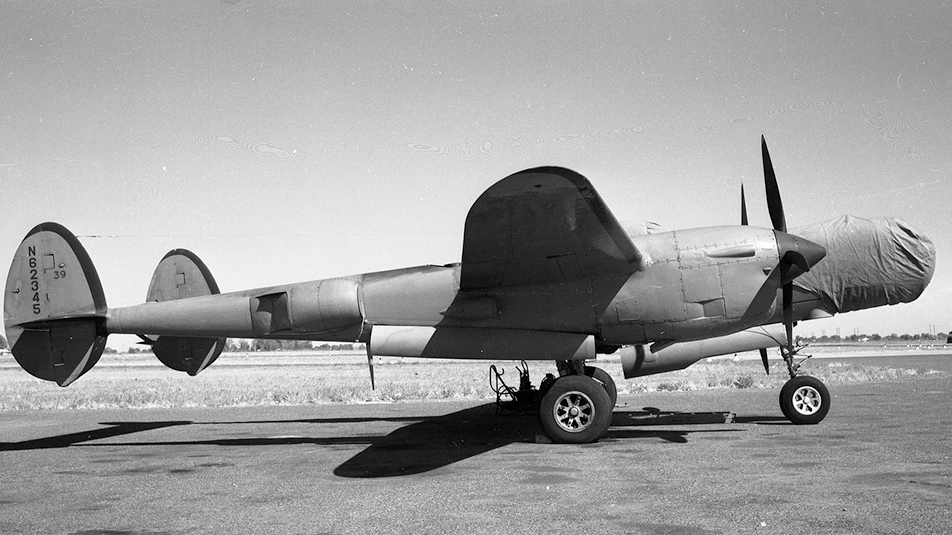
N62345, cited in U.S. Customs clearance documents, oddly, as a P-38L (msn 8469) and owned by Worldwide Survey’s, Inc., of Los Angeles, cleared through Brownsville, Texas of October 27, 1955, bound for Bogotá, Colombia, piloted b Robert Poskuski (given in a second document as Peskuski) and Raymond Barrows, his mechanic, on an Export License issued by the U.S. State Department, B-2162. The astounding data in this clearance, however, was that the Export License had been issued in the name of the Gobierno de Colombia, Ministerio de Guerra.
The aircraft was almost certainly not intended for the Fuerza Aérea Colombiana, although this cannot be arbitrarily ruled out as a possibility. It was far more likely under contract to the Colombian Ministry of War to conduct aerial photogrammetric work along the border with Venezuela, which had been in dispute for decades – and possibly taking the opportunity to overfly some Venezuelan airfields in the area at the same time.
No hint of this obviously confidential excursion has been located in diplomatic, military intelligence or consular record.
A little more than a year later, the whereabouts of the aircraft in the intervening period unknown, N62345 – still owned by Worldwide Survey’s, Inc., cleared Brownsville once again heading, this time, for San José, Costa Rica on Export License B-6809, being flown again by Peskuski (or Poskuski) but with Dorman N. Bass, his mechanic, also on board. This time, they almost certainly were dispatched to aerial survey the disputed border region between Costa Rica and Nicaragua. It isn’t clear how long they conducted this work.
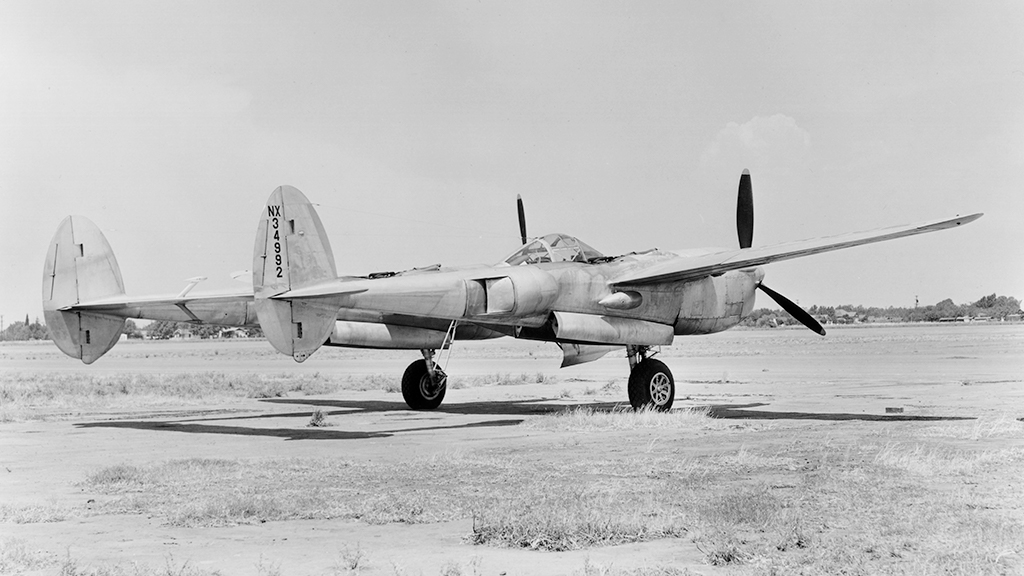
N34992 cleared U.S. Customs at Brownsville October 27, 1955, as well, flown by Arthur R. Thomas with mechanic William Barkhoff on board heading down to an unspecified destination in Central America where the aircraft was apparently contracted to conduct extensive photogrammetric work for the Inter American Geodetic Survey (IAGS) which was administered by the U.S. Army. The extent and nature of these activities require additional investigation.
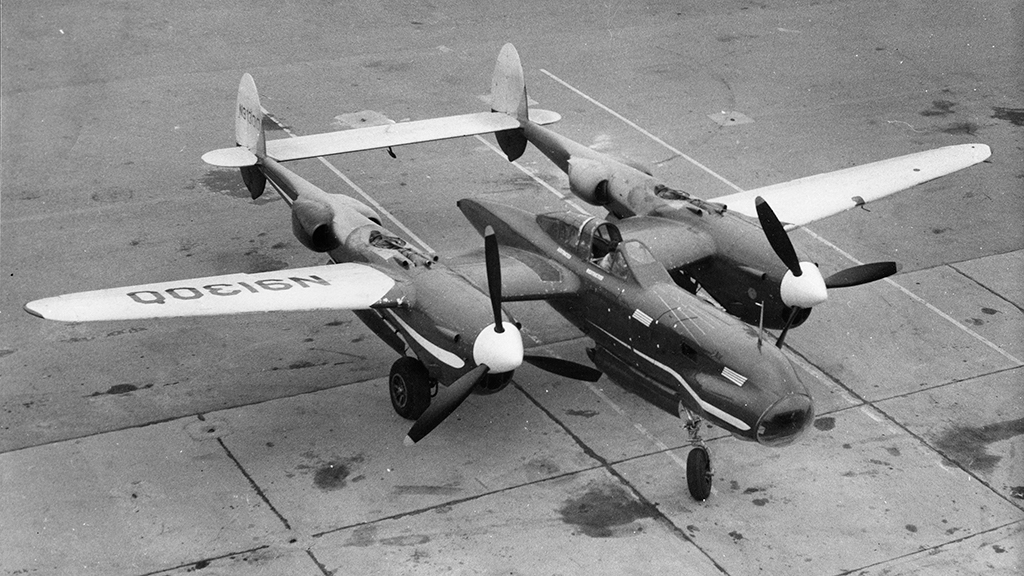
N91300 was perhaps the most exotic of all of the P-38 conversions and, cited on Customs Documents as simply a P-38 (msn 5286) and operated by the Hycon Aerial Survey’s, Inc., cleared for Santiago, Chile December 13, 1955 on Export License B-5741 – much earlier than the other P-38 dispatched to Chile and noted in the book. She was being flown by Willard B. Thompson and, incredibly, also had Frank Lux (mechanic) and Frederick E. Collins (camera operator) on board. It is not clear how long the aircraft worked in Chile, or precisely what her mission was.
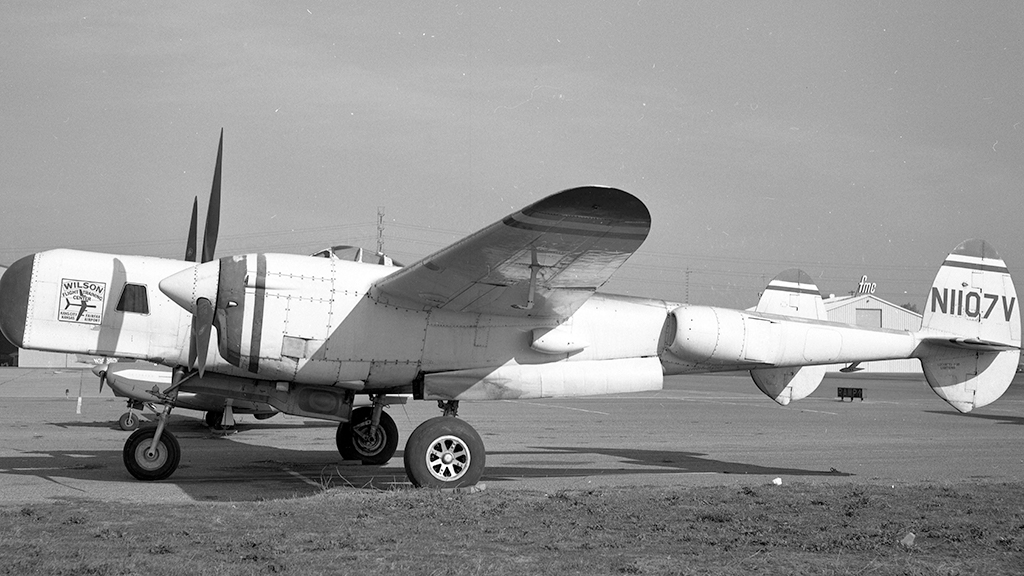
N1107V certainly was a surprise, as she was consigned on U.S. State Department Export License to the Secretaria de la Defensa Nacional, Departamento Cartograficos Militar in Mexico City, clearing on June 6th and again on the 9th, 1956.
This one nearly stopped my heart, as no prior references to such an arrangement had ever been found. The aircraft was almost certainly leased only, as, by October 2, she was at Brownsville again with the owner/operator cited as Hycon Aerial Survey’s, Inc., although she was once again issued an Export License (A-9842) and then, curiously, commenced making numerous entry and exit passages through Brownsville from Monterrey, on – at least, the 2nd, 4th, 5th, 8th, 9th and 22nd of October 1956. She was flown exclusively during all of this period by John W. Hodgkin with camera operator Paul Hegg on board.
While these hitherto confidential excursions may well have been entirely pacific in nature, given the border incidents that prevailed in all of these geographic regions at precisely the same time, the possibility that these exotic aircraft were engaged to provide assorted national and military leaders with an aerial reconnaissance capability which they otherwise did not enjoy organically at the time, cannot be ruled out. As a lifelong student of history, I do not believe in coincidences.
My thanks to friends Kevin Grantham and the late William T. (Bill) Larkins for the accompanying images.


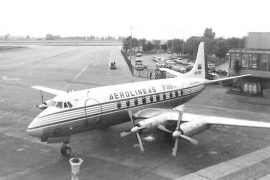
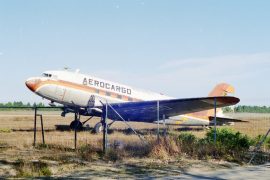
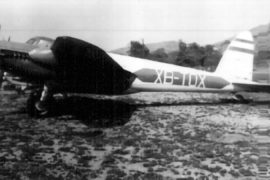
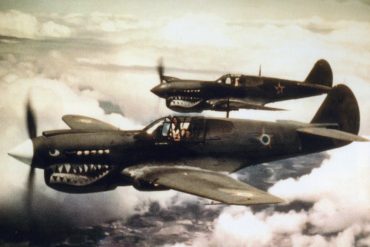
Hello everyone.
Being a boy, I was mesmerized at any airplane that overflew our house in Tegucigalpa, Honduras.
In one occation, back in the late sixties, I heard a rather different kind of airplane noise and looked up to see what aircraft it was; and what a surprise, a P-38 with its 2 booms and engines.
The Honduras Air Force had flown the Lightning since 1948 until 1969 when they where exchanged for 8 F4U-4 Corsairs.
I was born on 61 so I never saw the FAH P-38’s; eventually I learned the one I saw was a photo mapping bird hired to do the job.
Wonder if it was one of the ones described above…
I was attending 3rd grade, high school in 1956 when a blue and white P-38 of Hycon Aerial Surveys came to Ecuador to take pictures of the most important snow-capped volcanoes on contract from the U.S. Dept. of the Interior to measure the amount of the glaciers had recessed in the previous 10 or so years earlier. When the pilot returned to the Quito Airport he first made low and high speed passes and then climbed 40° or so doing various barrel rolls and other aerobatics. I remember that as if it had happened yesterday.
Expanding on my previous entry, the U.S. Dept. of the Interior hired various companies in the mid-1950s to take pictures of the most prominent snow-capped volcanos from Mexico all the way to Tierra del Fuego to measure the recessing of glaciers. I found this information thanks to Mr. Google. One of those P-38s planes was photographed at an airport in Las Vegas several years later in sad shape, the nose had painted the flags of the various nations where it had flown.